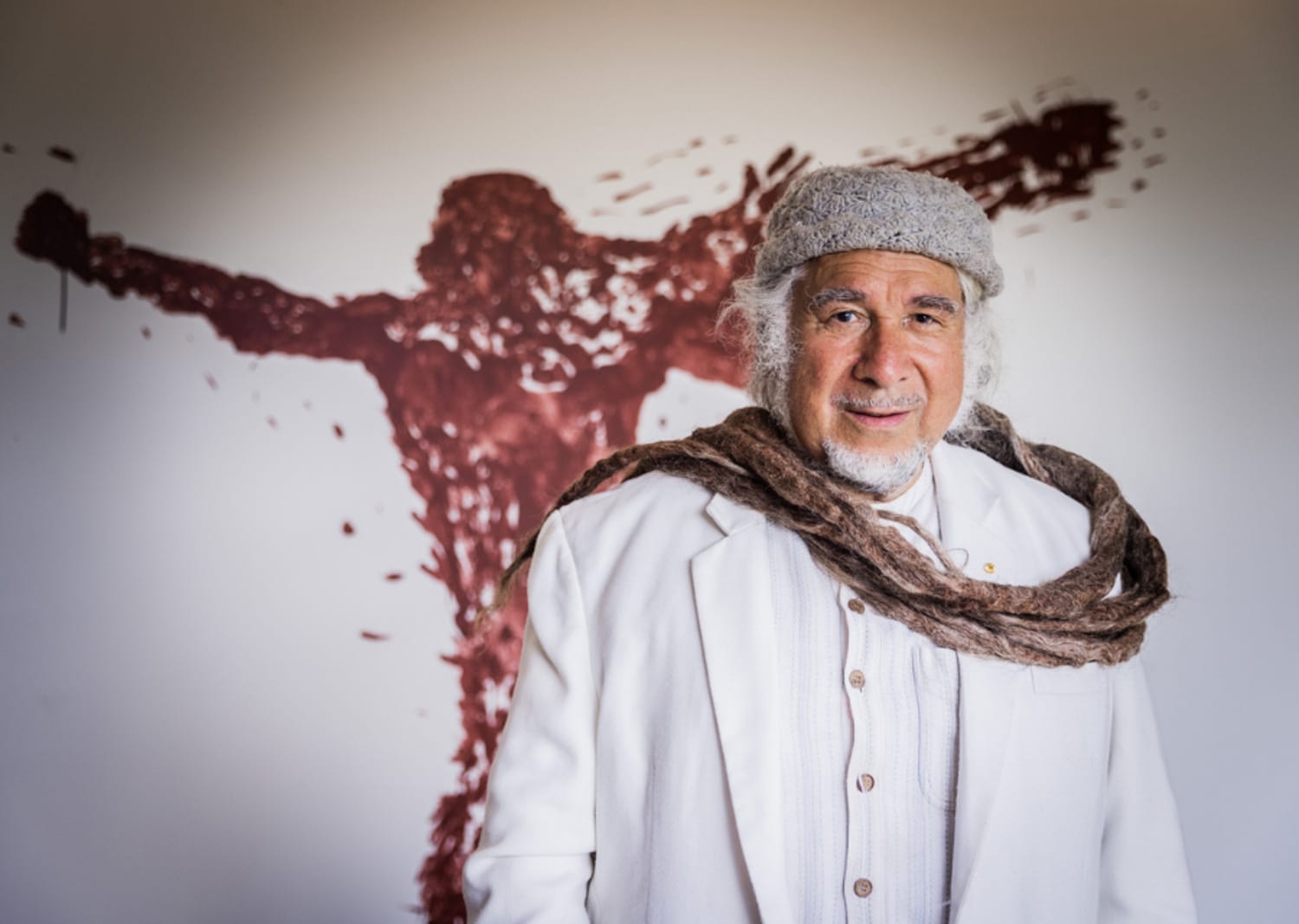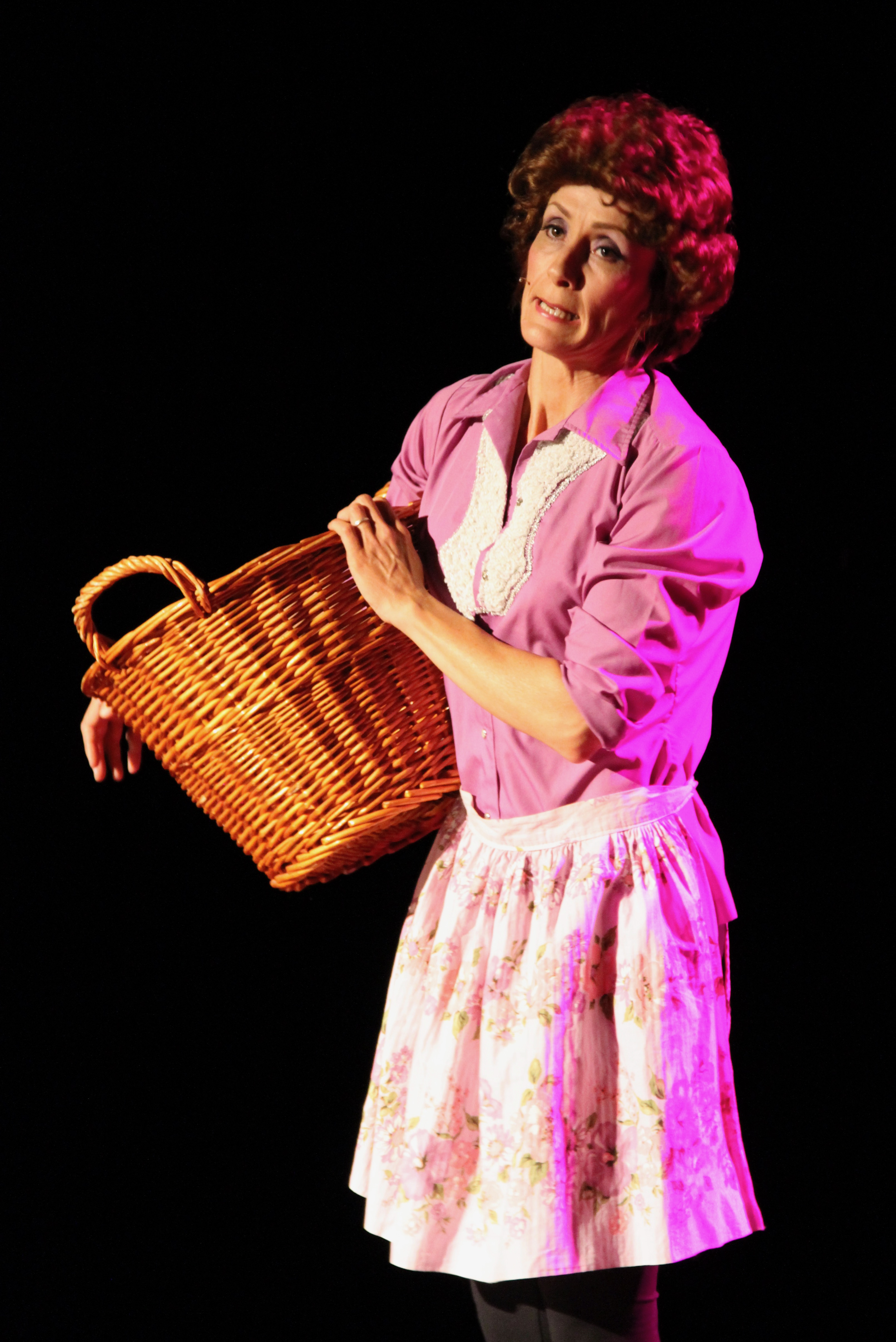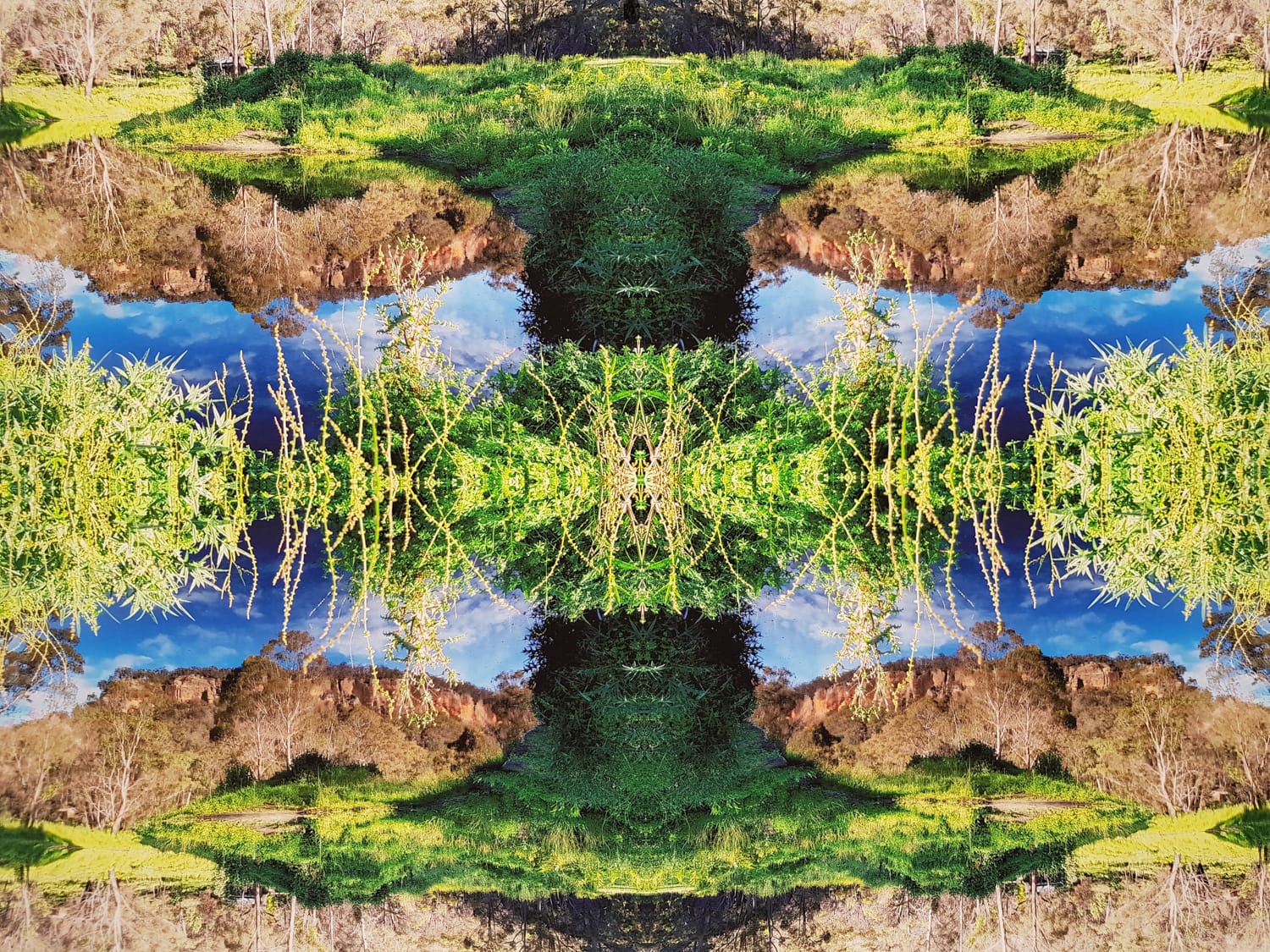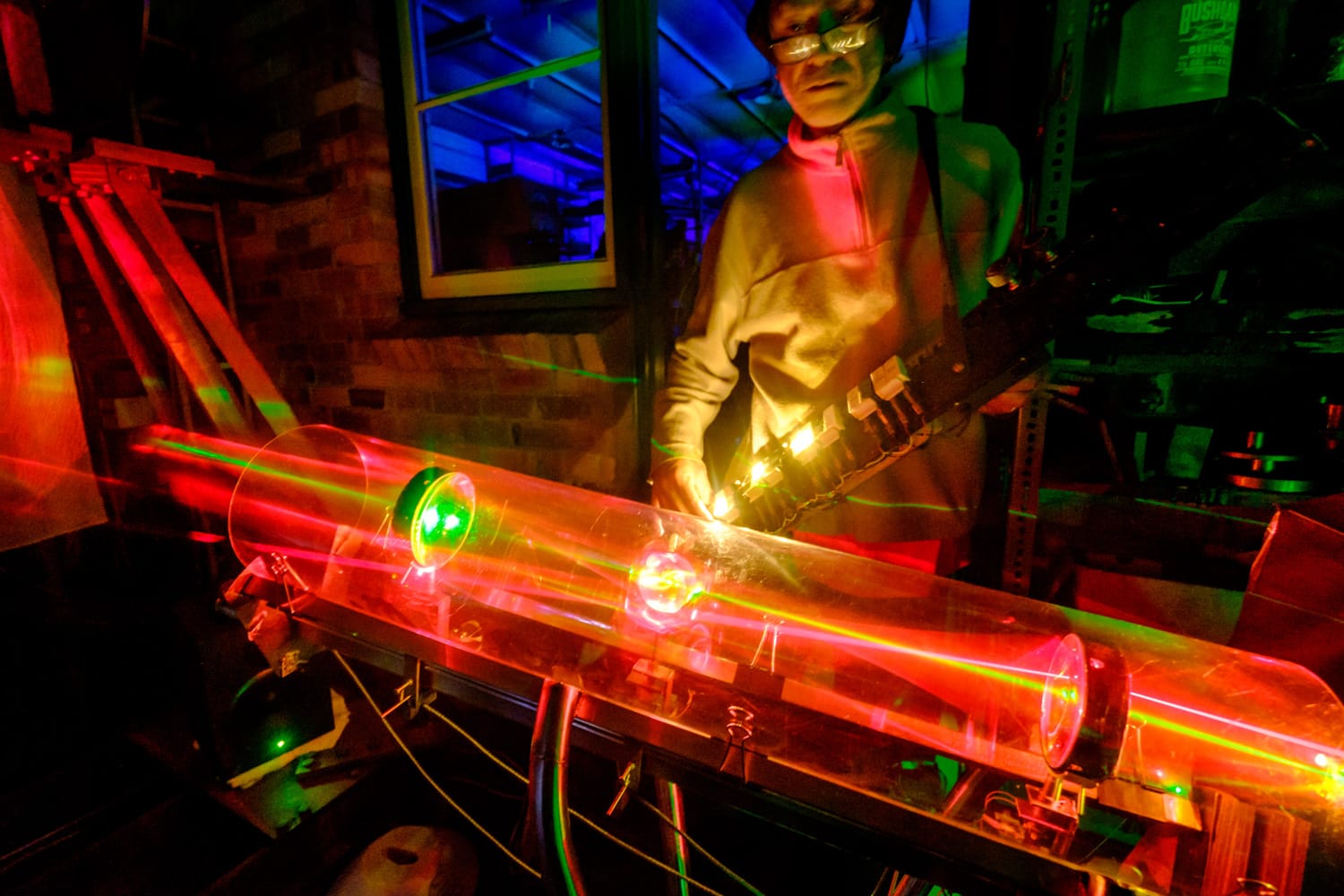Margaret Roberts
Sophie's Circles by Margaret Roberts, facilitated by Melissa Stieger | 2017
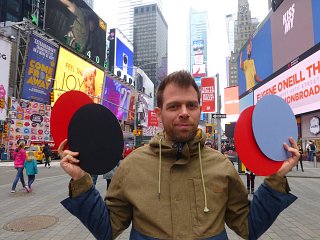
Sophie's Circles by Margaret Roberts, facilitated by Melissa Stieger. @
Sophie’s Circles aims to treat Sophie Taeuber’s 1934 gouache painting, Moving Circles, as a long-distance performance in which its 24 circles are understood as in pause-mode (for 83 years so far), waiting, like the Agave ‘century plants’, to begin to actually move. It facilitates this transformation by providing 24 circles, enlarged if necessary and hopefully of the same colours as in the painting, and inviting people to physically move them around a space that has the same proportion in relation to the whole painting as the circles have. This work is part of the Cementa Initiative, ‘Correspondence of Imaginary Places’ For a full artist report, visit our blog here
bio:
Margaret Roberts studied at Sydney College of the Arts in the mid 1980s, and has exhibited in artist-run initiatives, public and commercial galleries, contemporary art and non-art spaces in Australia and overseas ever since, supported by several grants and residencies, other artists and art-school teaching. In the past decade she has completed a PhD, Art and the Status of Place, co-founded Articulate, a Sydney artist-run initiative established to support spatial art practices, and taught art at one of the dwindling number of Sydney art schools.
statement:
Around 1990 I discovered the importance to artworks of the actual space and life of their locations. I was curious about the incommensurability between art’s abstract space and the actual space in which it was situated. Because actual space is subject to different criteria, interpretation of the artwork situated within it is challenged when these two spaces are made apparently continuous. Building on the work of artists who developed this new spatial language, I later realised that making the artwork focus on actual space could contribute to the now urgently needed revaluation of place, specifically in its relationship to climate.
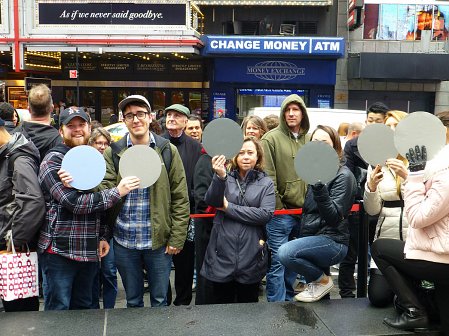
Polygon Landscape | 2013
Polygon Landscape. @
bio:
statement:
Polygon Landscape is 40 pieces of cardboard cut into the street-view profiles of 40 randomly selected Kandos houses, laid out in the Scout Hall for identification by residents, who can take their shape home if they are sure it is theirs and promise to take care of it.










